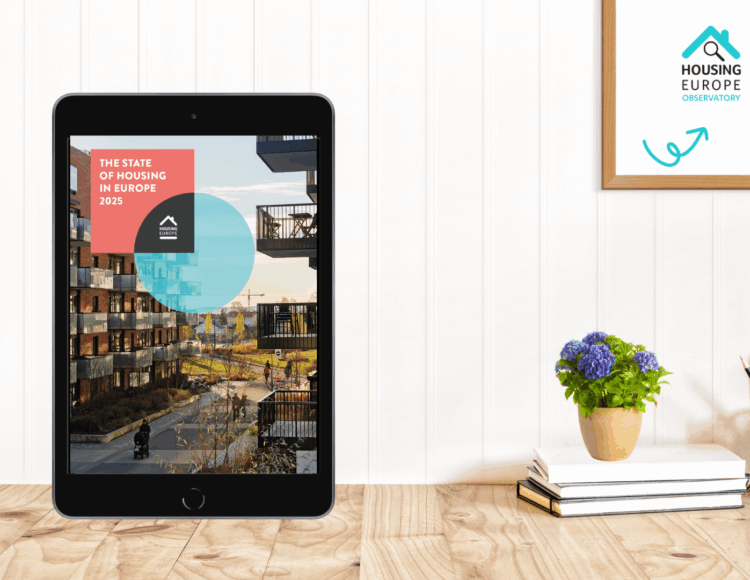The latest findings from Housing Europe’s “State of Housing in Europe 2025” trends in a nutshell puts the scale of the housing problem into stark numbers.
Some of the major trends you will spot are:
Housing needs far exceed supply
France requires 518,000 homes annually (198,000 social), Germany 400,000 (140,000 social), the Netherlands nearly 1 million by 2031, and Sweden over 500,000 by 2033 — yet production consistently falls short, often by half.
Social housing waiting lists are swelling
Nearly 2.8 million in France, and hundreds of thousands in Italy, Portugal, and Germany’s urban areas.
Declining construction and uneven renovations
Residential construction is expected to hit a 10-year low in 2025, while rising costs and limited financing constrain both new builds and energy-efficient renovations.
Resilient social housing providers
Dutch housing associations deliver one-third of new housing completions, French associations almost 30%, and municipal housing companies in Finland one-fifth — showing the counter-cyclical role of public, cooperative, and social housing.
We highlight a systemic gap between housing needs and delivery across Europe, and stress the need for stable financing, coherent regulation, and stronger EU-level support to enable social and cooperative housing providers to meet growing demand. The report warns that financialisation of housing risks exacerbating shortages and inequality. We also need conditionality to ensure investments deliver affordable, sustainable homes rather than purely financial returns.
Hopefully, the upcoming EU Affordable Housing Plan and work at the European Parliament will reflect this need.
Explore the housing trends that are shaping housing by downloading the paper below.
You can also already find several country profiles which deep dive into the situation in several European countries. More is coming soon.
